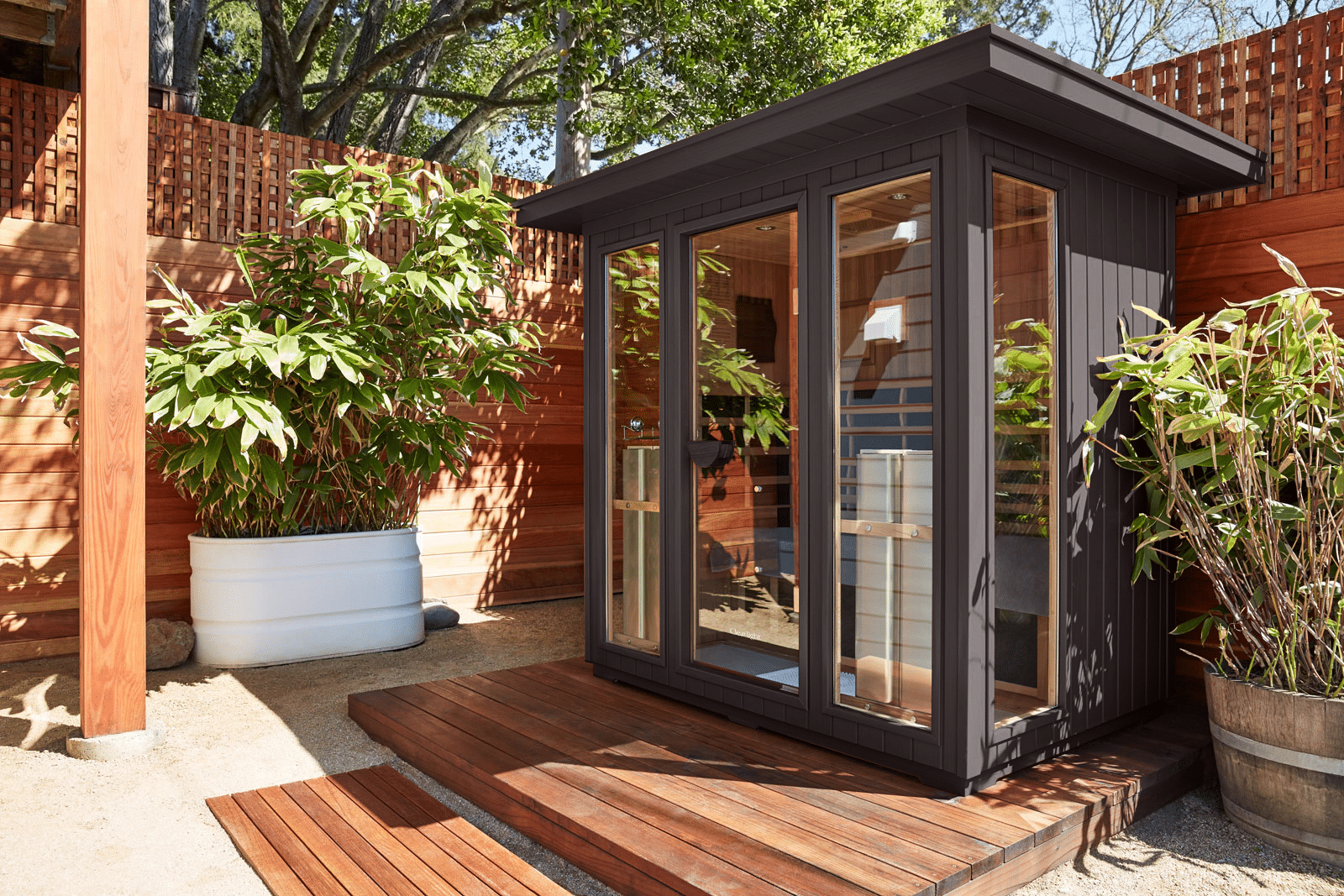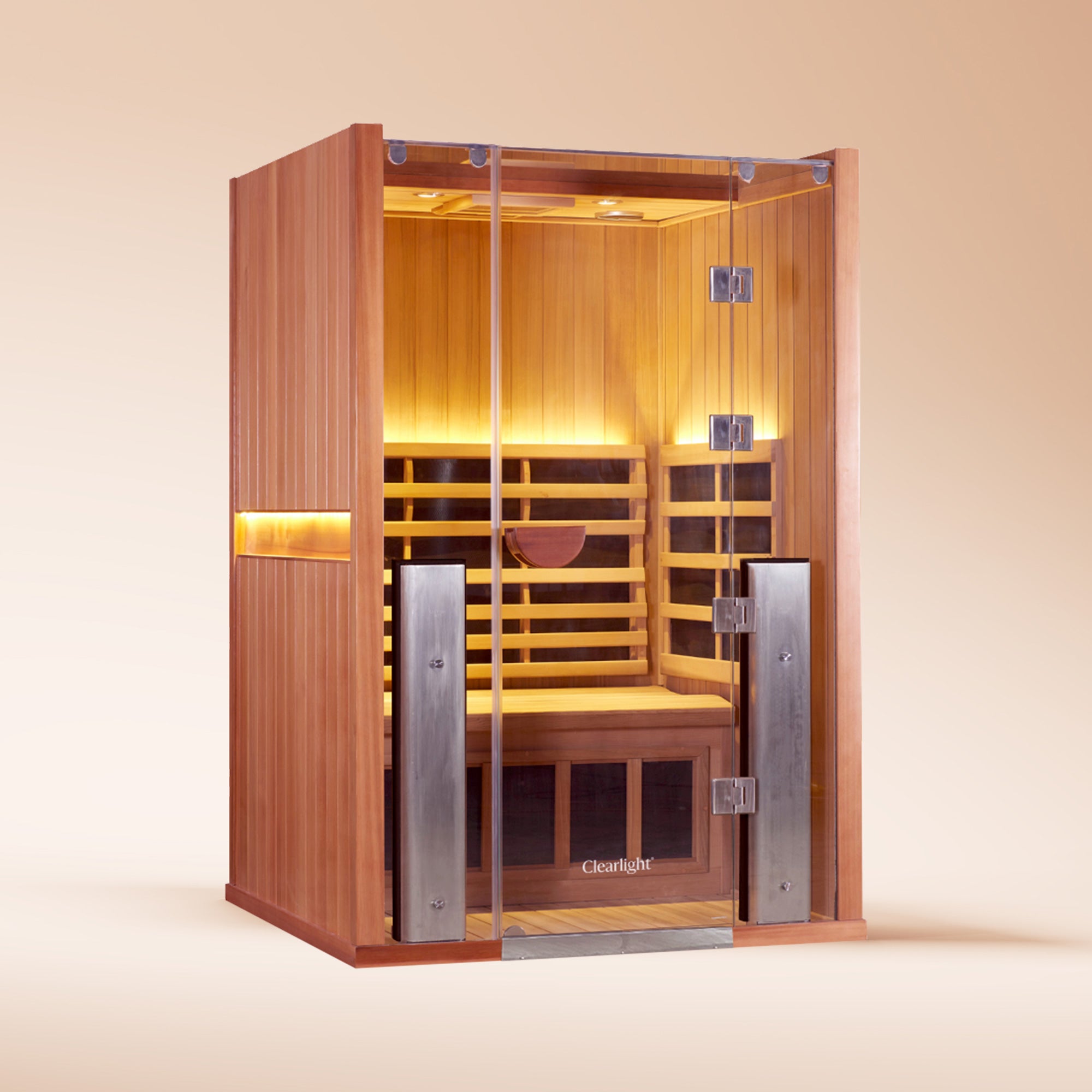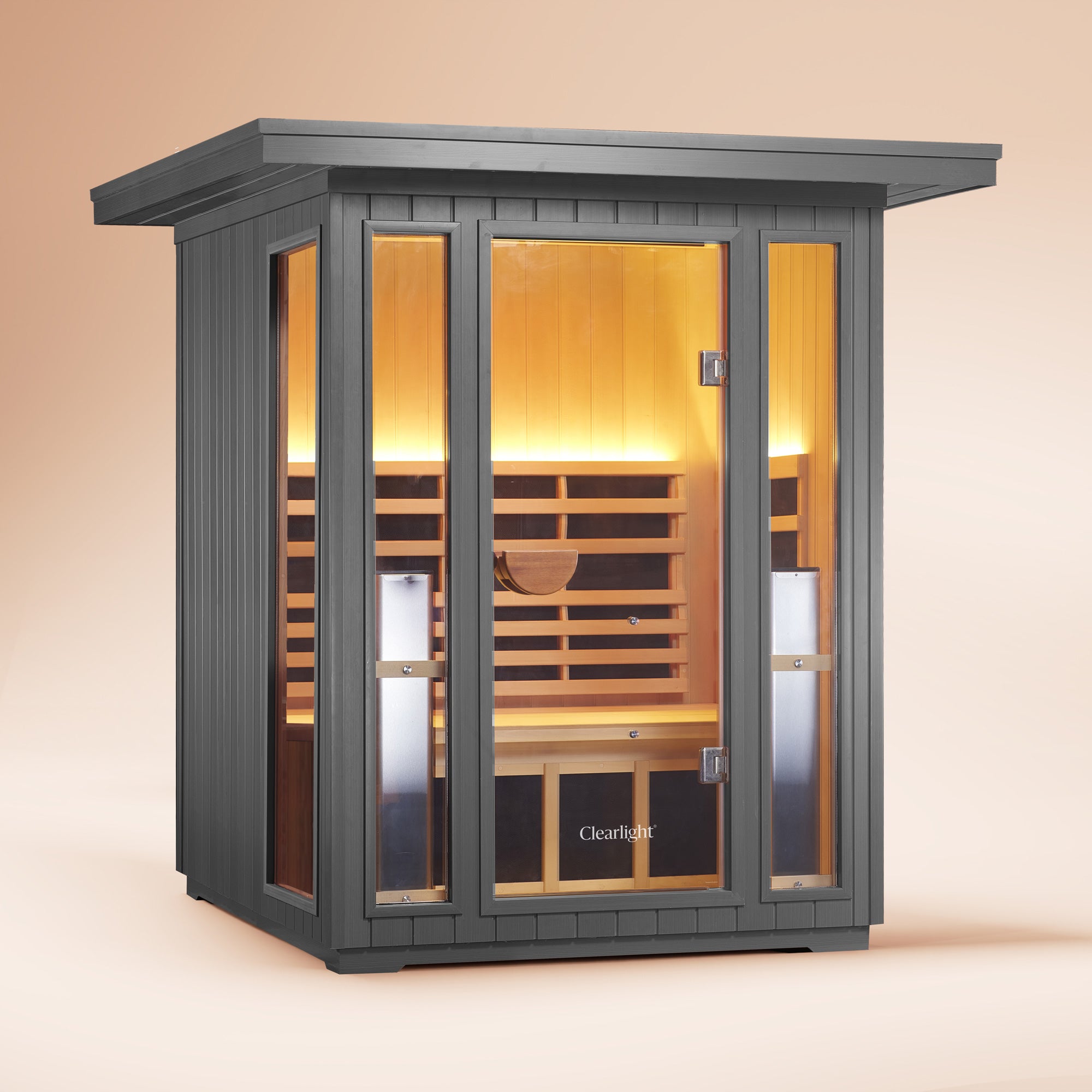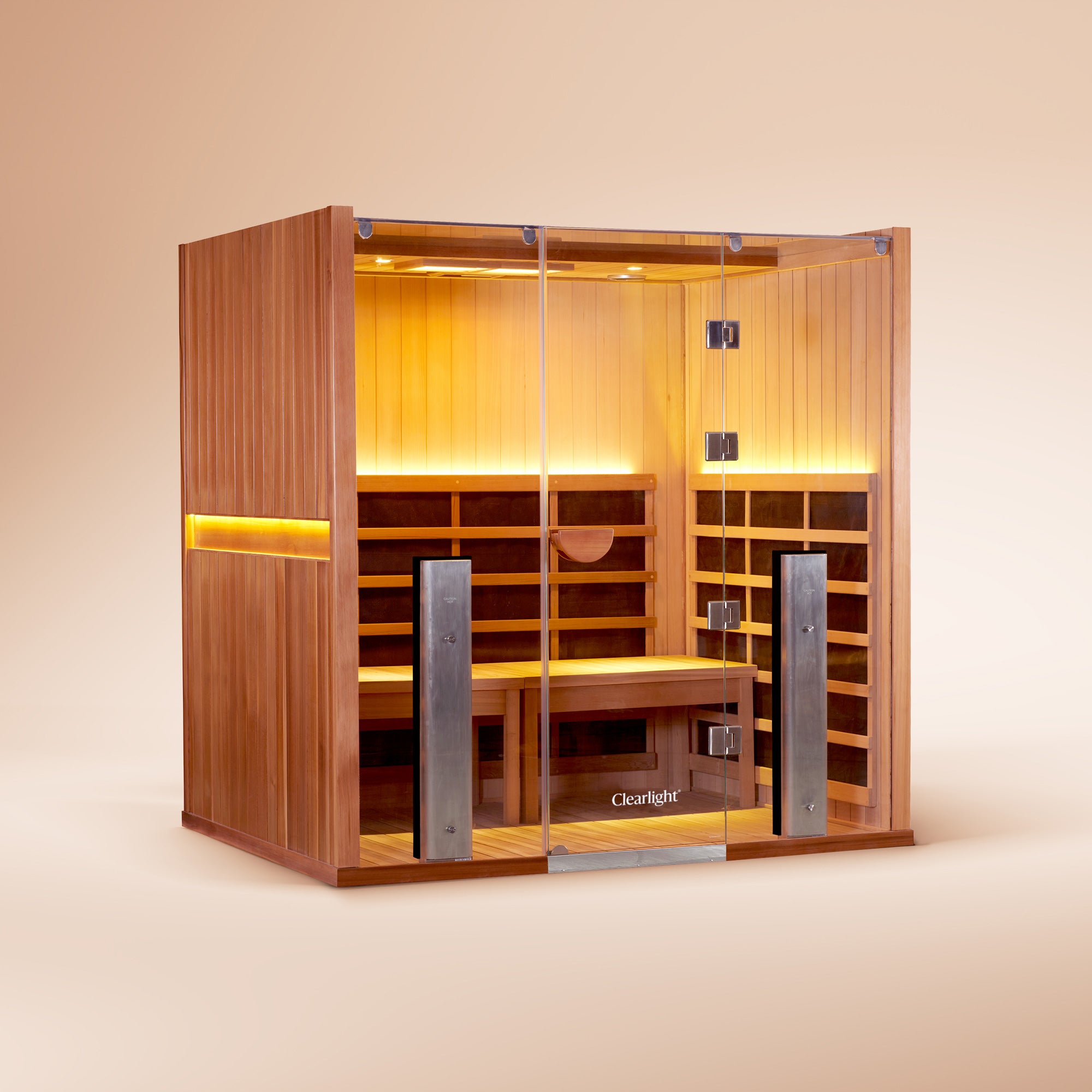Today we’re going to be continuing our series of content covering the basics of building your own sauna and have a look at how big you should be aiming to make your sauna.
There are a lot of variables at play, here.
There are budget concerns, existing size constraints in your space, as well as a long list of unknowns once you’ve constructed it.
Will it be too big, and take up too much of your space?
How big is a sauna, anyway?
What’s the right size for a two-person sauna, or even a four-person sauna in your home?
These are a few of the questions that we’ll be tackling today, so, join us as we dive into the topic of figuring out just how big a sauna in your home should be, so you can build your own sauna with confidence.
How Much Space Do I Need In My House For A Sauna?
The answer to this question depends on one simple question: would you like a traditional or an infrared sauna?
If you’re looking to build your very own infrared sauna at home, you won’t need much more than 1.5-square meters of space.
If you’re looking to build a four-person sauna to accommodate guests in style, you may need at least three-square meters of space.
This is significantly less space than what is required to build a traditional sauna in your home.
What Size Should A Sauna Be?
While a sauna is one of the most significant things you can add to your house, the actual size of a sauna might surprise you.
Both traditional and infrared saunas are relatively compact in their dimensions for a very good and scientific reason: thermodynamics.
As the size of a sauna increases, so too does the amount of energy required to heat and maintain a temperature high enough.
The problem is compounded when you consider the amount of heat that can be lost in a large and tall sauna, which is the main reason why saunas have remained a compact addition to households and gyms.
Thankfully, the laws of thermodynamics apply less to a personal infrared sauna, which leverages a different means of heating up the occupants.
However, in the name of efficiency, infrared saunas are predominantly built with a compact configuration; after all, good things, of course, come in small packages.











Sauna Techniques For Maximum Health Benefits
Far Infrared Sauna